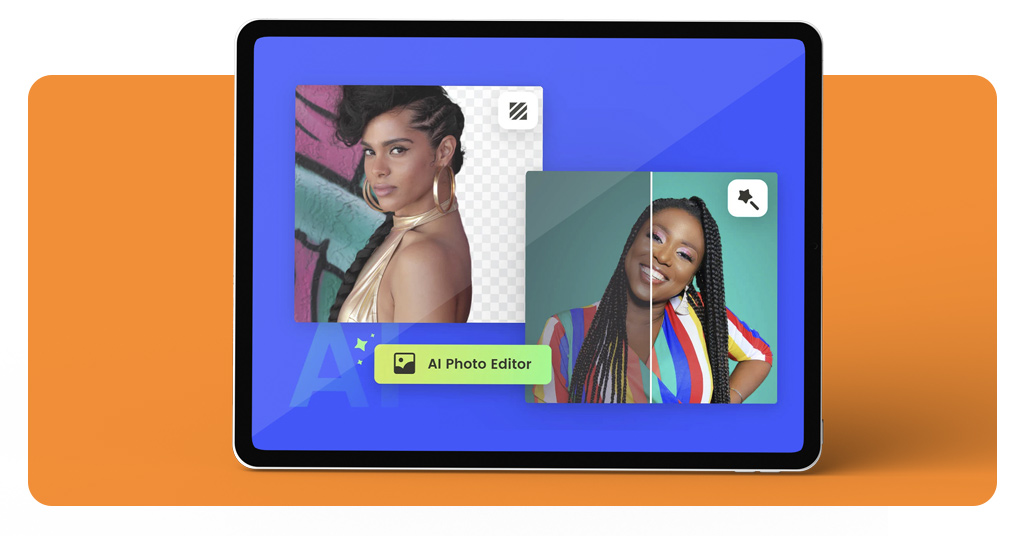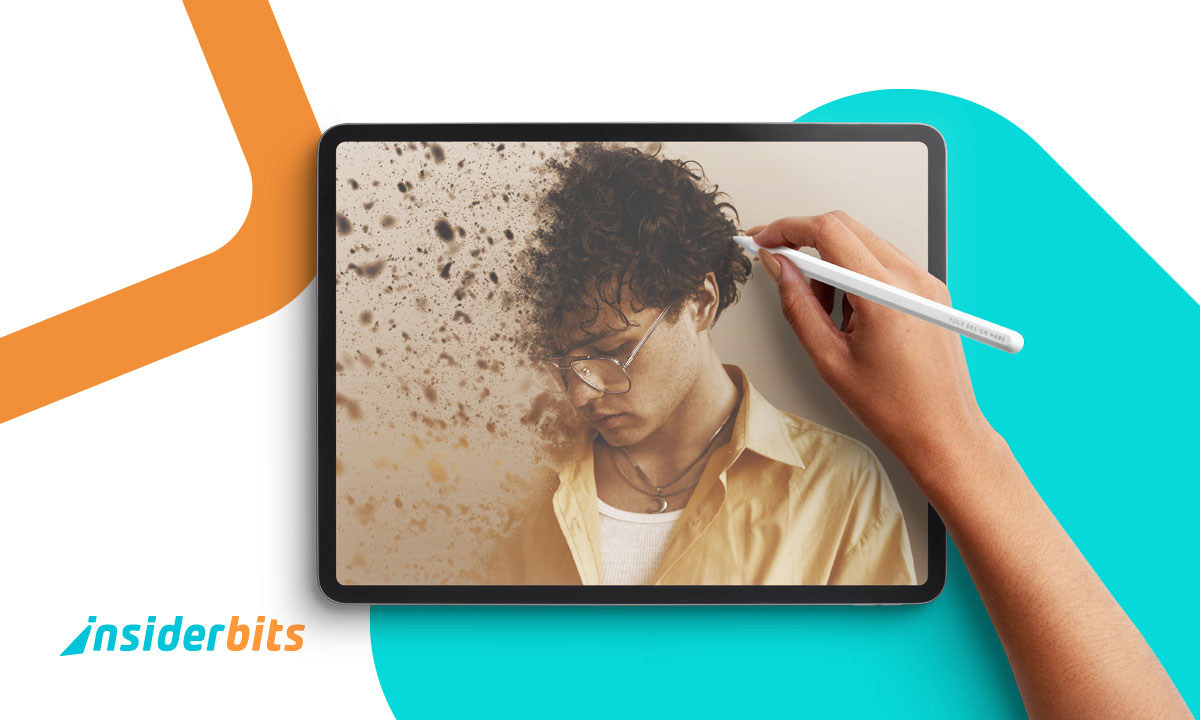AI photo editing is changing what’s possible in photography, making powerful image enhancement accessible to everyone. With intelligent algorithms, editing no longer requires advanced skills.
This new wave of tools offers fast, stunning results that once took hours of manual adjustments to achieve.
As the technology matures, AI photo editing is shifting from a trend to a necessity in both casual and professional workflows.
- 3 Essential Apps to Add Music to Your Photos
- 5 Best Photo Safety Apps to Keep Your Photos Safe
- 5 Best Photography Apps You Need to Make Your Click Better
- 6 Easy Ways to Change the Color of an Image in Photoshop
AI Photo Editing: The Future of Image Enhancement
AI photo editors now perform tasks once limited to experienced retouchers, delivering precision with just a few taps or clicks.
From skin smoothing to background cleanup, the software adapts in real time based on image content and visual balance.
This ease of use appeals to social media users and content creators looking to save time without sacrificing quality.
In many cases, AI suggestions even outperform manual edits by enhancing subtle details and tone.
Tools like Lensa and Fotor offer automatic object recognition that facilitates every step. The appeal goes beyond speed. It’s about accuracy and the ability to explore edits without creative friction.
AI removes guesswork from editing, letting users experiment while preserving control over the final image.
For many, it’s not about replacing creativity, but supporting it with smarter decisions.

The Best AI Tools to Remove Objects from Photos
Removing unwanted elements from photos no longer demands advanced editing skills or hours of manual retouching.
Thanks to AI, apps now identify and erase people or background flaws almost instantly, reconstructing the scene naturally.
With just a tap, users can enhance their images without needing to master traditional clone tools or layering techniques.
Fotor AI Photo Editor
Fotor is designed to simplify the editing process, offering one of the most accessible AI object removal tools available on mobile and desktop.
Users can easily erase unwanted objects or background areas, and the AI handles the cleanup by filling in the space with realistic texture and tone.
This is particularly helpful for travel photos or quick social media edits where distractions like signs, people, or clutter interfere with the composition.
Beyond object removal, Fotor provides features like background blurring, face retouching, and color optimization that complement its core functionality.
The AI works quickly, generating edits in seconds while preserving visual integrity across lighting and shading conditions.
For casual photographers, influencers, and small business owners, Fotor bridges the gap between convenience and quality in a single, reliable platform.
Overall, its consistent performance makes it a go-to choice for rapid editing on the go.
4.2/5
Lensa: AI Photo & Video Editor
Lensa stands out for blending technical precision with a strong artistic touch, allowing users to do more than just clean up images.
While its object removal tool is effective at detecting and erasing background elements or imperfections, it also enhances the overall mood of the photo.
The AI applies aesthetic filters and lighting corrections, resulting in images that feel stylized rather than simply edited.
This makes Lensa particularly appealing for users who want their photos to reflect a visual identity or narrative tone.
For influencers and digital creators, the appeal lies in how Lensa elevates ordinary snapshots into editorial-quality visuals.
Although some features are locked behind a subscription, the level of refinement it offers makes it a favorite for mobile-first visual storytelling.
4.1/5
Adobe Photoshop
Adobe Photoshop has incorporated AI object removal into its long-standing editing suite, raising the bar for what’s possible in image correction.
Through its tools, users can isolate and erase complex objects while maintaining background realism.
The system intelligently samples surrounding pixels and textures to rebuild the image in a way that blends seamlessly, even in intricate environments.
This level of detail is crucial for professionals working with high-resolution photography.
Photoshop’s object removal features are part of a broader ecosystem, allowing integration with layers, masks, and adjustment tools for full control.
Users can refine selections manually or let the AI make real-time decisions based on shape, contrast, and depth.
This balance of automation and flexibility supports both rapid workflows and meticulous post-production work.
While the learning curve is higher than mobile apps, the creative potential unlocked by Photoshop’s AI tools is unmatched in the editing industry.
4.8/5
How AI is Revolutionizing Photo Editing
AI photo editing is more than a shortcut, it’s a shift in how people approach visual storytelling and image curation.
Automating technical adjustments, the creative workflows become more dynamic, as edits no longer depend on time-consuming trial and error.
Even professionals use AI to facilitate repetitive tasks so they can focus on composition and expression.
What once required expensive software and training now lives inside mobile apps with intuitive interfaces.
This democratization of quality editing means more people can present polished images, regardless of experience.
For brands and freelancers, the ability to deliver consistent visuals at scale is becoming a competitive edge.
AI empowers creators to elevate quality and efficiency without compromising on style.
Comparing the Top AI Object Removal Apps
With so many AI object removal tools available, the best choice depends on what each user needs in terms of precision and creative control.
Fotor stands out for its simplicity and quick results, making it ideal for mobile users who want efficient edits without technical steps.
While Lensa offers a more refined and artistic finish, combining object removal with mood-enhancing filters and portrait adjustments.
Finally, Photoshop delivers the most advanced results, though it requires more time and editing knowledge to unlock its full potential.
Each app has strengths that suit different scenarios, meaning the best option comes down to workflow, skill level, and visual goals.
Free vs Paid AI Editing Tools: Which is Worth It?
While many AI editors offer free versions, the difference often lies in export quality.
Free apps work well for quick edits, but paid tools unlock deeper refinement and batch processing.
For example, Fotor provides strong results at no cost, with optional upgrades for pro users who want better precision or export options. On the other hand, Lensa’s premium version adds access to portrait tools, style filters, and better resolution for professional use.
Lastly, Photoshop’s AI tools are included in subscription tiers that support deeper creative integration and multi-layer workflows.
For advanced users, this level of control is unmatched, especially when combining AI with traditional editing techniques.
Choosing between free and paid depends on frequency, creative goals, and desired output quality. Regardless of price, AI photo editing has made it easier than ever to produce standout images in minutes.
Best AI Photo Editing Tools: Instantly Enhance Your Pictures – Conclusion
The future of photo editing isn’t arriving, it’s already in your pocket. With just a few taps, anyone can reshape a scene or craft a polished image that once took hours to refine.
What used to require a studio or years of training now happens on a smartphone, guided not by menus, but by intuition.
In this new era, the real power lies in the choices you make, not the software you master.
And that’s what makes AI photo editing more than a trend, it’s a turning point in how we express ourselves visually.
Related: 6 Easy Ways to Change the Color of an Image in Photoshop
Enjoyed this article? Save the Insiderbits blog to your favorites for the latest tools, creative tech tips, and photo editing breakthroughs!





